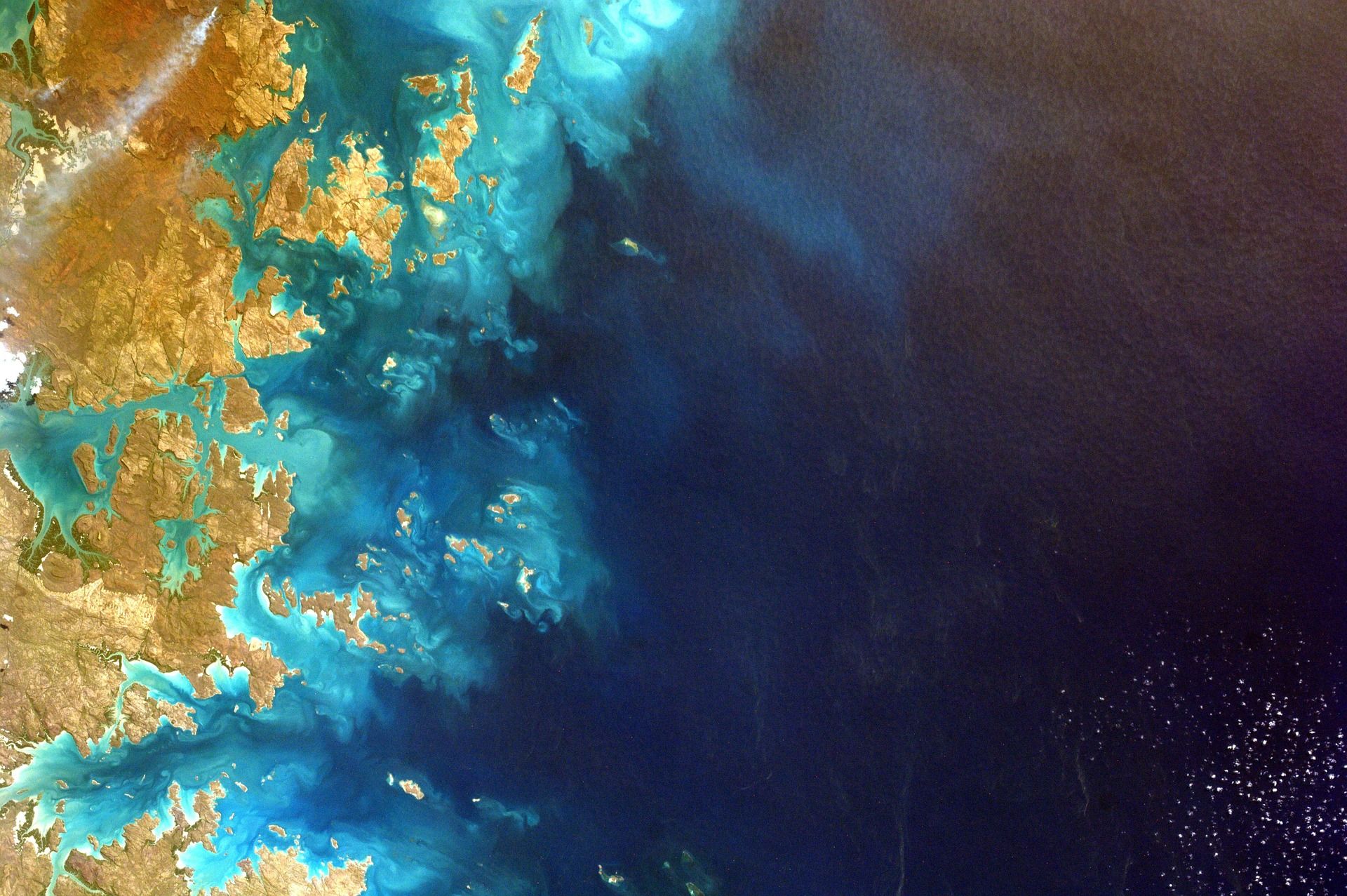News
Blog: Nature Map and how we address biodiversity loss and climate change together

News | Mar 2020
Xavier de Lamo (Programme Officer) and Oliver Tallowin (Associate Programme Officer)
Nature and its functioning ecosystems that are vital for our survival and well-being are deteriorating worldwide, and on our current trajectories we won’t meet global goals for biodiversity conservation.
This not only puts biodiversity and essential ecosystems that people rely on for food and fresh water at risk, it will also impede our progress towards mitigating climate change.
That’s why we should take actions at all scales that address biodiversity loss and climate change together; actions that do both will inevitably bring us greater benefits. These measures, often known as ‘natural climate solutions’, were emphasised at the 25th UN Climate Change Conference; we need to tackle “biodiversity loss and climate change in an integrated manner”.
In order to build these complementary pathways, decisions-makers need trusted information on the spatial distribution of biodiversity, carbon and other ecosystem services and human impacts, to identify how and where they overlap. The Nature Map initiative helps to provide this crucial knowledge.
The Nature Map initiative brings together an international consortium of research institutes and conservation organisations to directly support area-based prioritisation for conservation and restoration. That is, it helps to identify key areas where conservation and restoration action could provide the highest joint benefits for biodiversity conservation, climate change mitigation and other ecosystem services.
This is done by developing integrated spatial datasets and methodologies. The initiative brings together multiple aspects of biological diversity, ecosystem services and human impacts. Each of the datasets used represent the best global scientific data available. Together, they provide a crucial step towards globally comprehensive spatial data.
Nature Map will also enable new datasets to be rapidly assimilated into the area-based planning process in the future. To increase accessibility, users can see the maps of integrated global biodiversity and ecosystem services and give feedback about its accuracy and usefulness through the Nature Map Explorer.
The Nature Map initiative is already improving our understanding of the combined distribution of biodiversity and carbon storage.
The map featured in National Geographic, both online and in the Earth Day special print issue, combines global terrestrial species biodiversity and carbon storage. The map highlights regions such as the Amazon rainforest and Congo Basin, where strategically placed conservation actions could both help preserve the world’s hotspots of biodiversity and safeguard the highest stocks of carbon in biomass and the soil.
This map is just one of a series that the Nature Map initiative is currently developing. Each one will help to identify global areas of significance for conservation and restoration. In turn, this will contribute towards maximising net gains for safeguarding biodiversity and for climate change mitigation.
2020 marks the beginning of a critical decade for nature, including the anticipated agreement of a post-2020 global biodiversity framework. In this context, the Nature Map initiative is both crucial and timely: it provides the means to align the new framework with other global targets, like those of the United Nations Framework Convention on Climate Change and of the Sustainable Development Goals.
As we move into a decade of action for people and the planet, Nature Map provides a key tool to deliver multiple benefits in decisions that make a difference.
Have a query?
Contact us
communications@unep-wcmc.org
